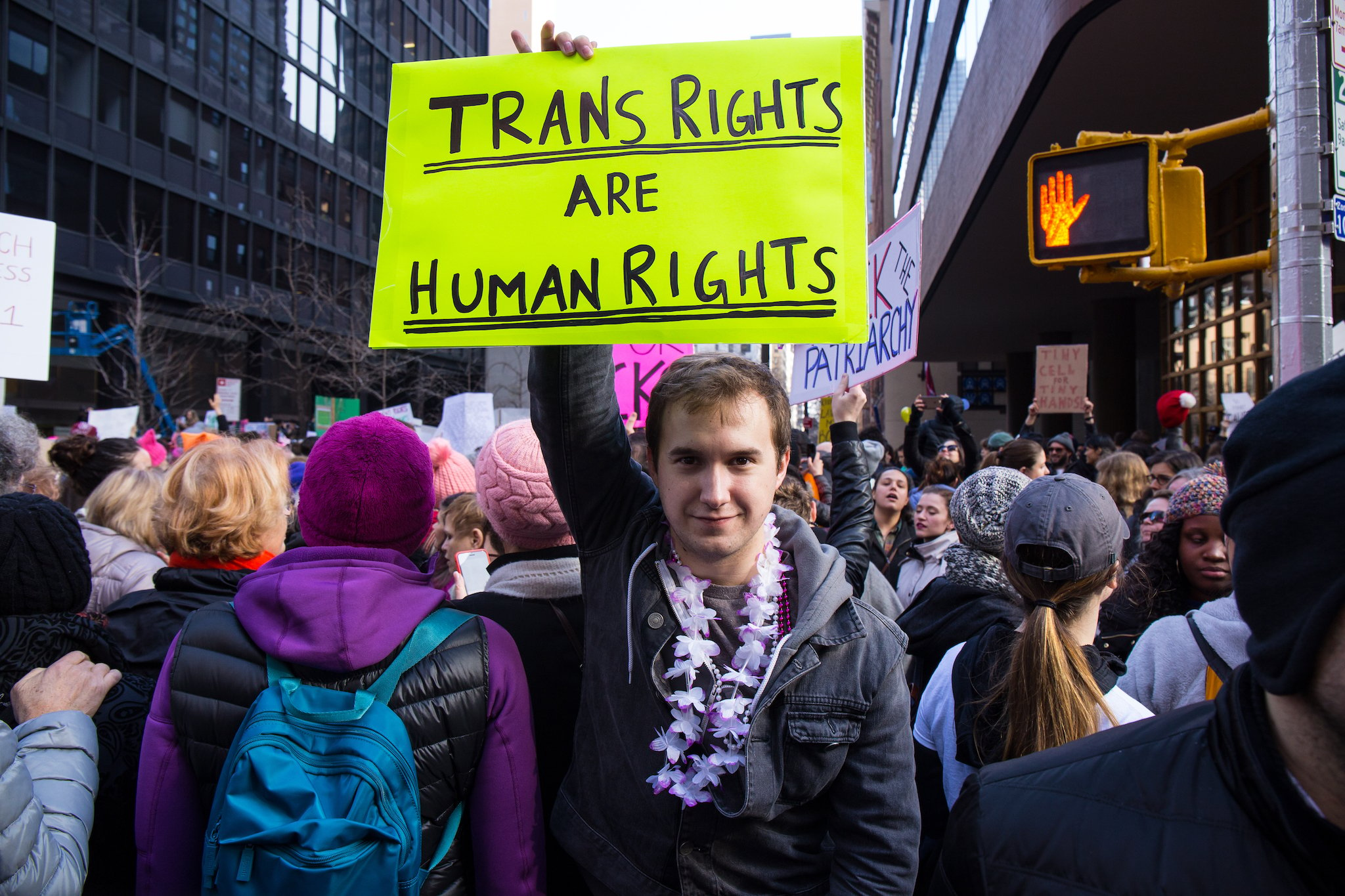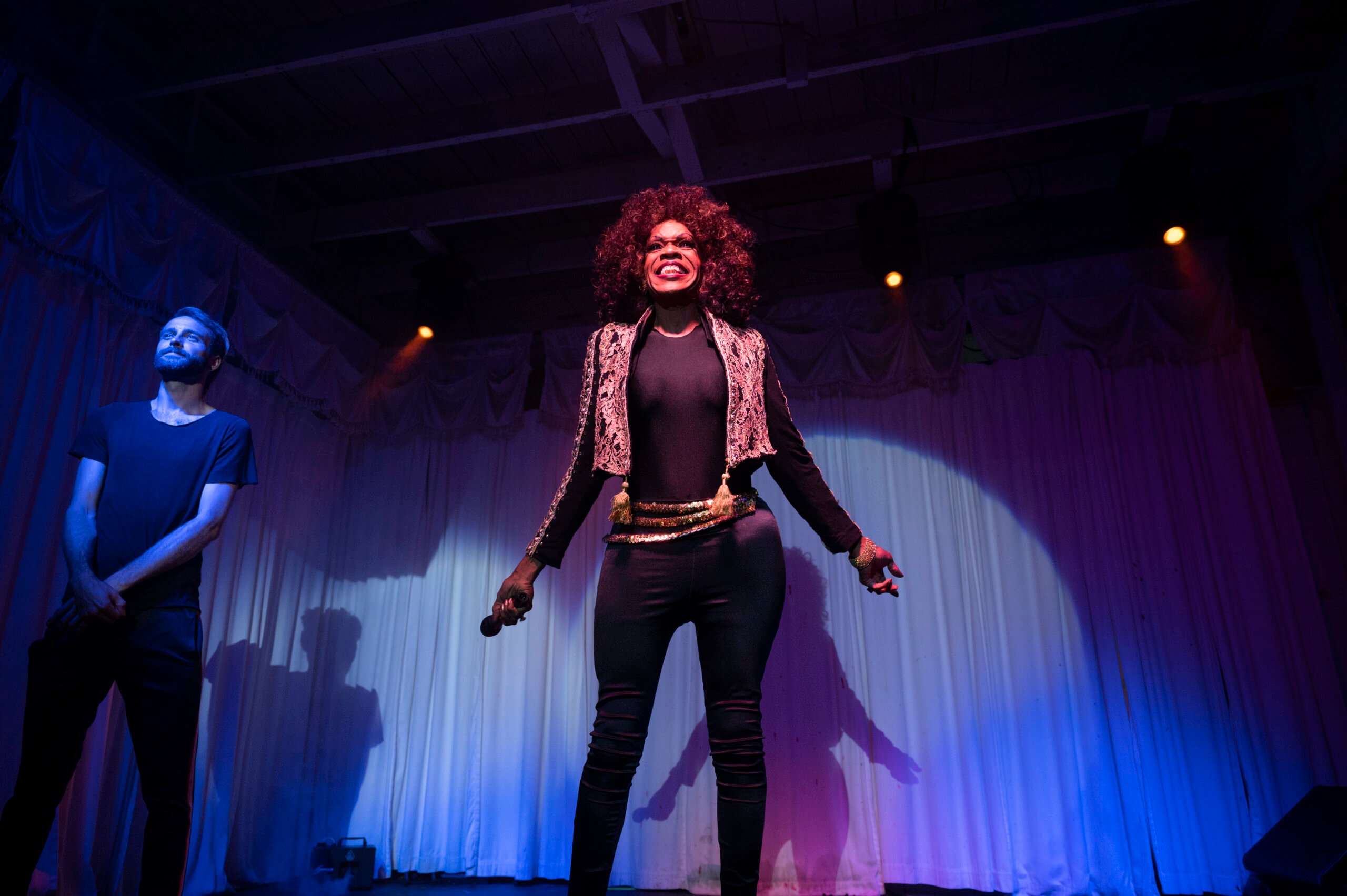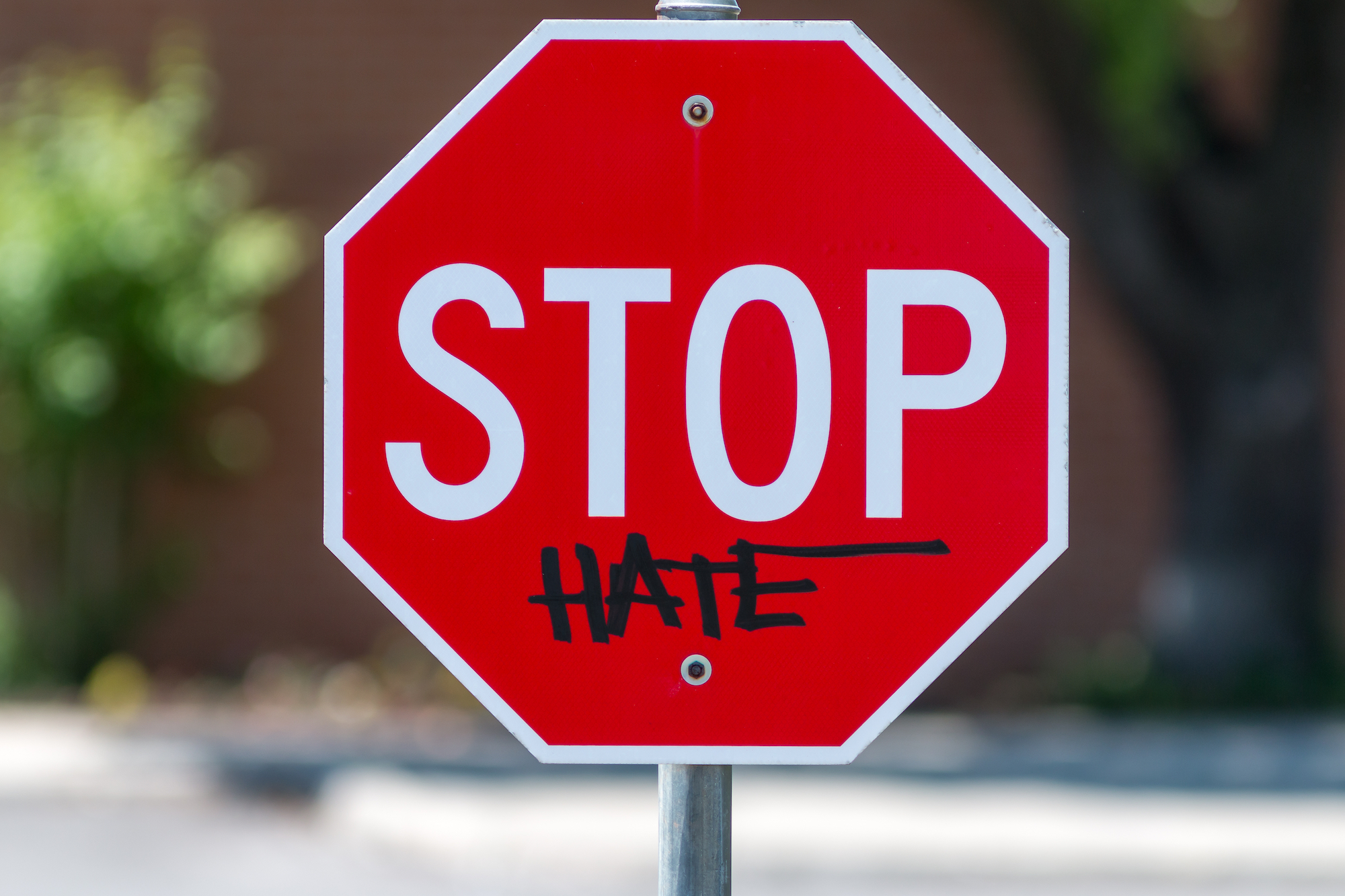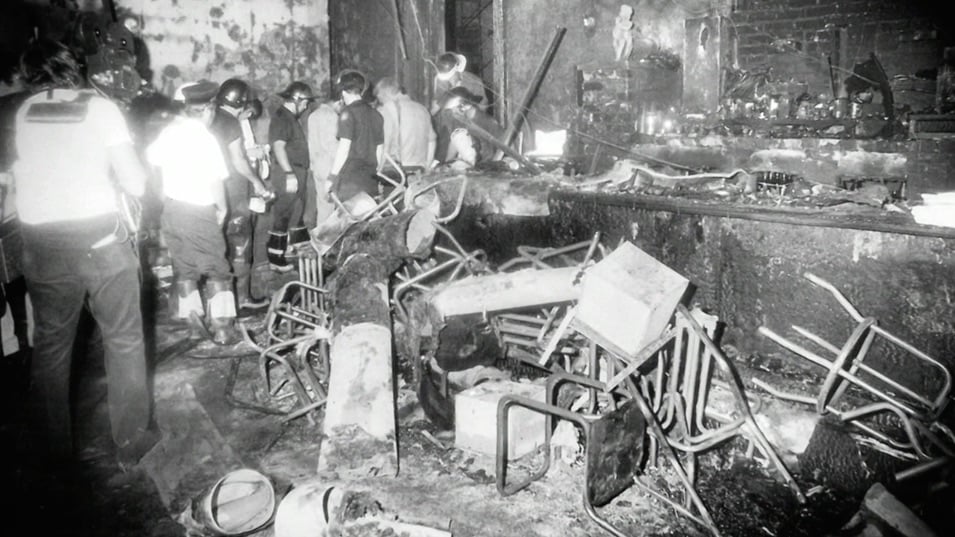
‘Upstairs Inferno’ a Harrowing Look at Another Era of LGBT Life
Robert L. Camina's new documentary takes an unflinching look back at 'the largest gay mass murder in U.S. history.'
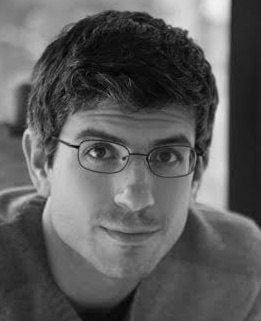
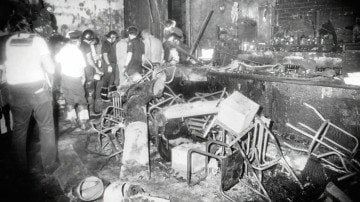
On June 24, 1973, someone poured lighter fluid on the carpeted stairwell leading to the UpStairs Lounge, a gay bar in New Orleans’ French Quarter, and lit a flame. The ensuing blaze claimed 32, including the Reverend Bill Larson, who burned alive in full view of Quarter onlookers, his body hanging halfway out a barred second story window.
Upstairs Inferno, the new documentary from San Antonio director Robert L. Camina, which made its Texas premiere this month at the Austin Film Festival, does not shy away from these disturbing images of the fire. The film arrives as a long-overdue memorial for a massacre that was ignored and even tacitly condoned in its time (a joke, or perhaps a “joke,” in 1973 was to refer to the fire as “the fruit fry”) and remains mostly forgotten today.
The story picks up in 1970, when founder Phil Esteve opened the bar. The raid on the Stonewall Inn in New York City (almost exactly four years prior to the UpStairs fire) had recently inspired a gay liberation movement in the nation’s larger metropolitan areas, and some of that revolutionary energy was only just beginning to stir in New Orleans. In the back room of the UpStairs, a stage once devoted mostly to “nellydramas” — what those in the community called performances of melodramas with cross-gender casting — had temporarily become home to the local congregation of the Metropolitan Community Church (MCC), a religious organization founded in 1968 in Los Angeles to serve the gay community. A number of New Orleans MCC members carry Upstairs Inferno, as the congregants had continued a post-church “beer bust” tradition at the lounge even after moving services to a chapel in the Garden District.
For its first half hour, Upstairs Inferno paints a vivid picture of the close-knit UpStairs community of the early 70s — so when the disaster comes, we feel almost as if we’d known those who lost their lives in the flames. The film is suffused with Christian language about mourning and forgiveness, but the MCC’s ties to the lounge make the religious overtones a vital part of the story. And while Upstairs Inferno is not stylistically innovative — Camina uses talking heads, still photographs and news clippings, the Ken Burns approach — the film’s characters offer affecting glimpses of another era of LGBT life, making the film a rewarding and sometimes harrowing viewing experience.
As painful as it is to watch the segment detailing those lost in the fire — including a man who ran back into the bar to find his lover and wound up orphaning his two sons — perhaps equally horrific is the segment of Upstairs Inferno chronicling the reaction of the wider New Orleans community. The governor and mayor (Democrats Edwin Edwards and Moon Landrieu, respectively) both failed to make any public comment on the fire, despite both having reacted publicly to other fires with much lower death tolls earlier that same year. As with so many elements of gay life in the early 1970s, silence was the rule.
One interviewee describes the days and weeks following the disaster as a dispiriting pantomime of “having to go to work the next day and pretending it didn’t bother you or you hadn’t heard about it.” The parents of one of the fire victims were so mortified by their son’s involvement with a gay bar that they refused to claim his body. The arsonist was never found, and Camina never takes a clear stance on the identity of the perpetrator, though several of the film’s interviewees believe the murderer was a man on the fringes of the UpStairs Lounge scene who suffered from “internalized homophobia,” married a woman soon after the fire, and killed himself in 1974.
Despite all this ugliness, the UpStairs Lounge fire also galvanized a gay pride movement that had not yet gained much of a foothold in the South. After many failed attempts to find a mainstream church for a large-scale memorial service, a Methodist bishop stepped forward to offer his French Quarter church, telling organizers that he was friends with many of those who had died in the fire. It was, perhaps, the beginning of a process of coming out for the Southern LGBT community that has continued to this day.
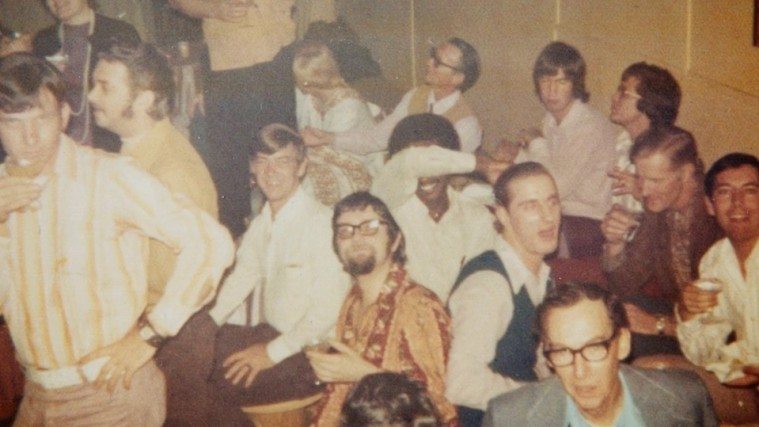
Upstairs Inferno is a worthy effort to dredge up a piece of significant, but for too many of us, forgotten, history — what is, in Camina’s estimation, the largest-ever mass murder of LGBT people in the United States. It’s Camina’s second feature documentary. The first, Raid of the Rainbow Lounge, concerned the controversial 2009 bust of an LGBT bar in Fort Worth, which resulted in several serious injuries.
Both films peer into the depths of official disrespect for LGBT life, and for the bars and other meeting places that foster LGBT community, from the pre-liberation era to twenty-first century Texas. Both films are also ultimately hopeful, suggesting that terrible tragedies like the UpStairs Lounge fire can be important moments in building acceptance and political power for those whose lives, in the words of one interviewee, “didn’t count.”
